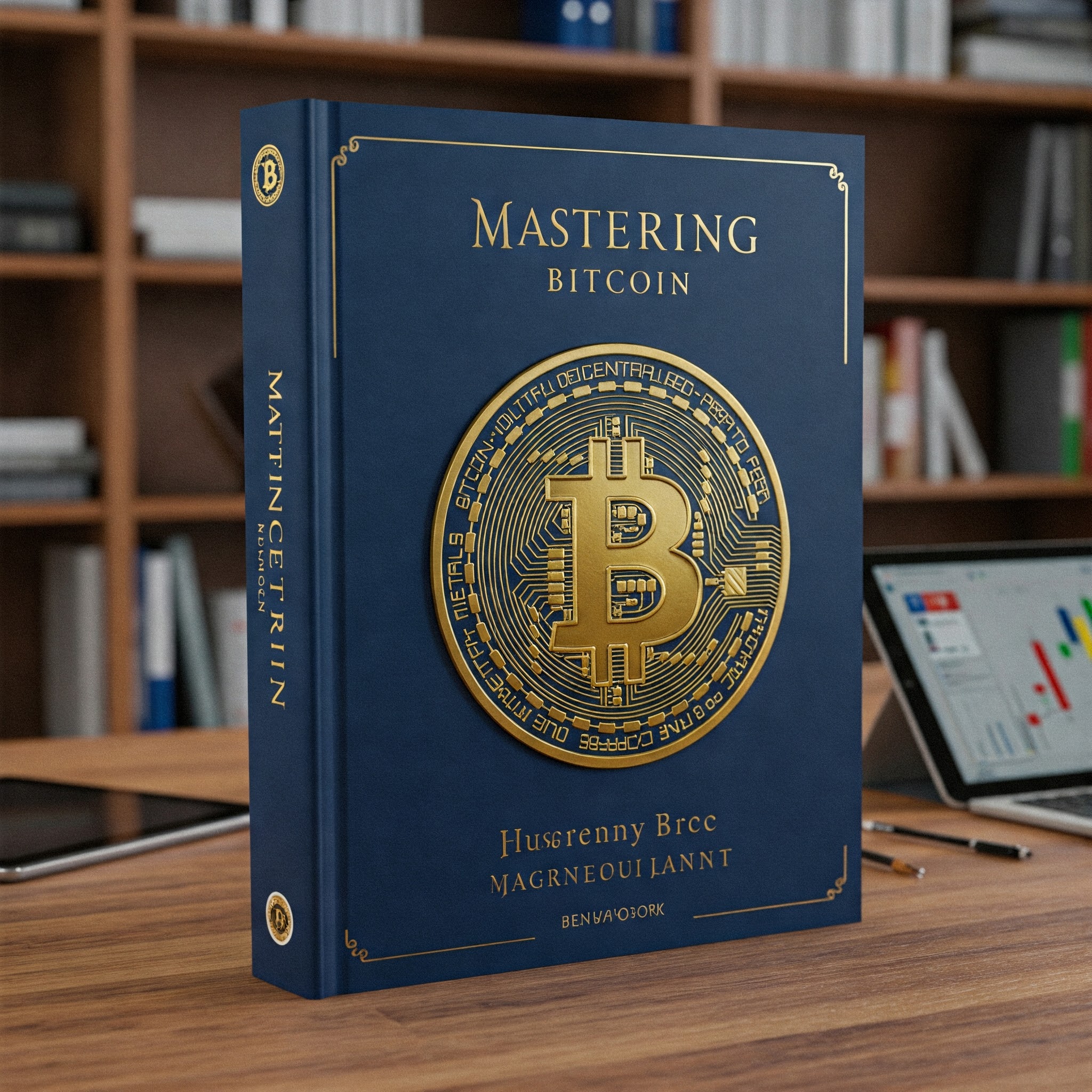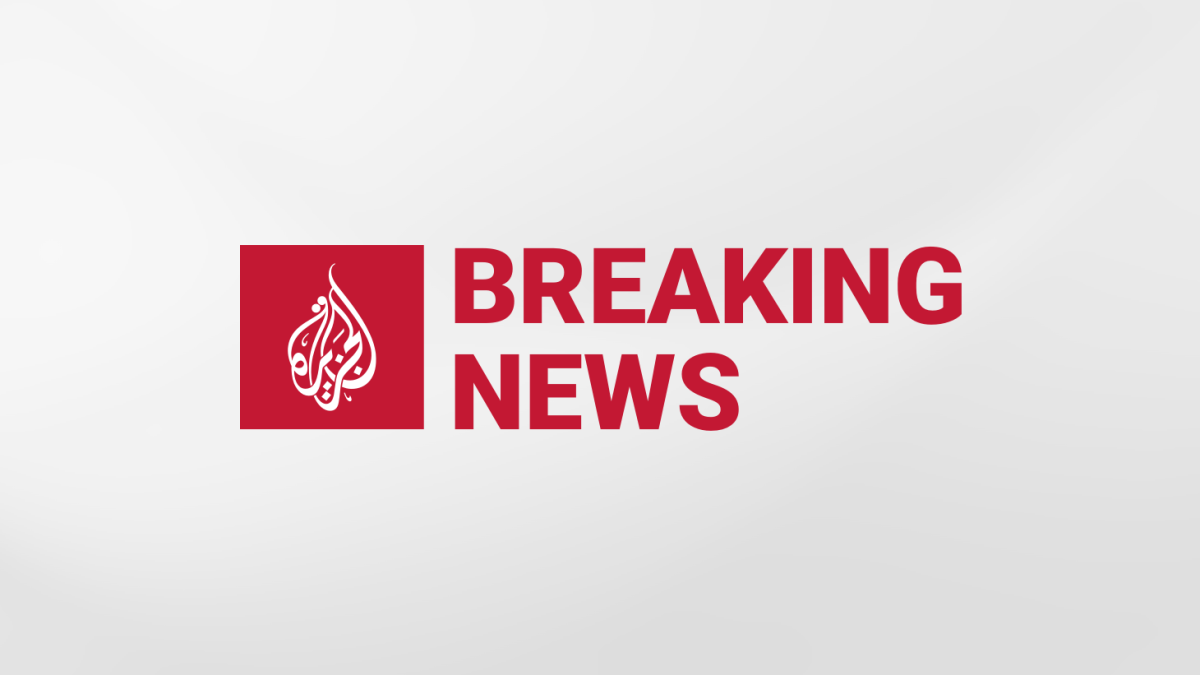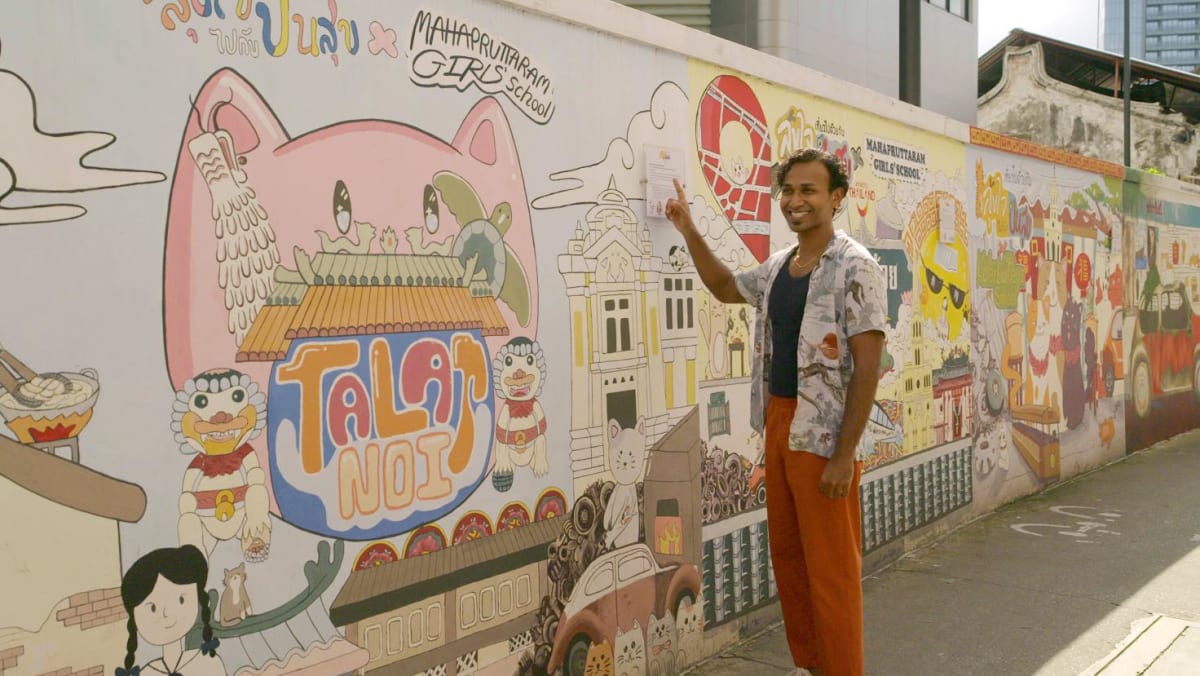“He was pro-Ukrainian, undoubtedly – even though he was not explicitly pro-Ukraine in the way that we wanted him to be.”
This reluctance, Hovorun said, was rooted in an older Vatican tradition. “The Holy See can condemn acts of violence, acts of violation of human rights, of human life. At the same time, they hesitate to name the perpetrator,” he says. “I personally believe this tradition is an ambiguous tradition, to say the least. It is unevangelical, un-Christian and unprophetic.”
Loading
It’s a tradition shaped by past silences. In 1929, the Vatican signed the Lateran Treaty with Mussolini, legitimising his fascist regime in exchange for Church independence. During the Holocaust, despite knowledge of Nazi atrocities, the Vatican said little. Even amid Cold War religious persecutions, the Holy See sought dialogue with the Soviet Union rather than confrontation.
Francis inherited that legacy and, in many ways, was constrained by it.
Among the few who broke from the shackles was John Paul II, who had lived under Soviet rule. In the final decade of the Cold War, his fierce opposition to communism became a catalyst for democratic and religious movements across Eastern Europe, especially in his homeland of Poland.
His funeral in April 2005, perhaps the last comparable event, was held during the height of the Iraq War – which John Paul II had strongly opposed. It brought together an unlikely cast of world leaders, and when the then-US president George W. Bush appeared on the big screens, the crowd erupted in jeers.
But Francis did evolve. After the 2022 massacre in the Ukrainian town of Bucha, when bodies were found bound and executed in the streets, Francis’ tone shifted. He called the invasion “a crime against God and humanity”. By 2024, he described the war as “cruel” and “absurd” and in October named 44-year-old Bishop Mykola Bychok – head of the Ukrainian Greek Catholic Church in Australia – as Ukraine’s only cardinal in an appointment that surprised all. In one of his most searing comments, he labelled Patriarch Kirill of Moscow – head of the Russian Orthodox Church and a vocal Putin ally – “Putin’s altar boy”. It was a rare flash of open condemnation.
Yet his pacifism never wavered. In March 2024, in an interview with Swiss broadcaster RSI, Francis urged Ukraine to “have the courage of the white flag” and negotiate. To many Ukrainians, it felt like betrayal. “Our flag is yellow and blue,” Ukraine’s then-foreign minister Dmytro Kuleba responded. “It is the flag by which we live and die. We will never raise other flags.”
Outside a church service in the Ukrainian city of Lviv this week, the sentiment was echoed. “There were certain subjective judgments from his side, unfortunately,” Andriy Ben, a former soldier, told reporters. “I hope the next pope will be wiser, more enlightened, and better.”
Loading
Still, Francis’ humanitarian contributions cannot be overlooked. Under his guidance, Vatican-led missions helped return nearly 400 Ukrainian children taken to Russia. He met with Zelensky twice. He sent envoys to Kyiv and Moscow. Though he never visited either capital, he was a consistent, if sometimes muted, advocate for peace and protection of civilians.
His was a pacifism that often stood at odds with global realpolitik. He rejected the “just war” theory outright. He condemned not only the use of nuclear weapons, but even their possession.
Francis was one of the few global leaders to consistently speak out about the humanitarian crisis in Gaza, urging restraint and the protection of civilians on both sides. In 2023, he condemned the violence as “terrorism” and called for an immediate ceasefire, even as political allies of Israel bristled at his language. His quiet gestures – such as sending medical aid through Vatican channels and meeting with Palestinian leaders – reflected a deep moral concern that often went beyond diplomacy.
His supporters believed his pacifism, rooted in his Jesuit formation and Latin American perspective, rejected the binary of good versus evil in geopolitics. He viewed war as the ultimate failure – not just of politics, but of humanity.
Loading
But not all within the church saw his stance as a strength. In a posthumously published memo, Australian Cardinal George Pell – once a close adviser and later a sharp critic – wrote: “The Vatican is now silent, perhaps deliberately so, on important issues like human rights in Hong Kong, the fate of the Uyghurs, and the ongoing persecution of Christians in the Middle East.”
Pell accused Francis of overseeing a climate where “confusion is deliberately fostered”, a sentiment that resonated among some traditionalists who felt the Pope had traded moral clarity for diplomatic nuance.
“He was trapped,” said François Mabille, author of The Vatican: The Papacy in a World in Crisis, told Le Monde, “trapped by some of his very anti-American assumptions and his fierce pacifism.”
His overtures often came to little. He never secured a meeting with Putin after the 2022 invasion, and the Russian president will not attend the funeral. Israel will be represented only by its ambassador to the Vatican, Yaron Sideman. Controversy also surrounded Israel’s social media account this week posting, then deleting, a tribute to Francis.
But in death, Francis will draw together many of the forces he tried so hard to harmonise.
Trump, the American president whose foreign policy has fractured NATO and threatens to abandon Ukraine. Zelensky, a wartime leader forged in fire and defiance. Diplomats from both the Global North and South. Together, in front of St Peter’s vast dome, they embody Francis’ impossible hope: that even in conflict, humanity might find communion.
The funeral is expected to draw millions, both in person and via global broadcasts. The Vatican will line its aisles with cardinals in crimson, and incense will rise with solemn precision. But beneath the choreography of ritual and diplomacy, a question will linger: What does it mean to lead with love in an age of violence?
#Funeral #set #historically #charged #living #memory






